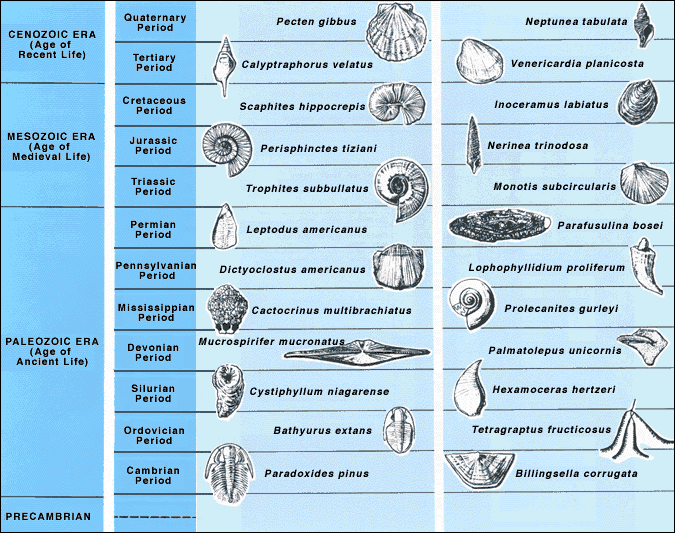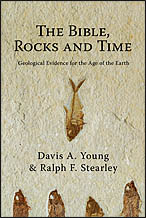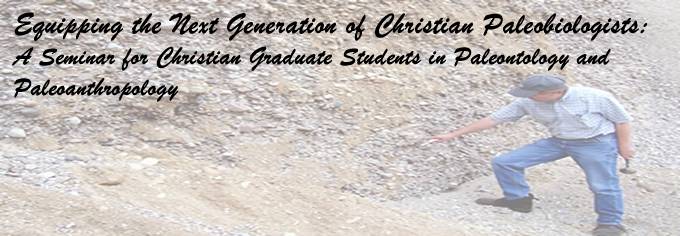
There are two main points of tension between the scientific account of natural history and the creation account in Genesis 1. In my last two posts I discussed the tension around the timing of creation events. In the next three posts I’m going to discuss the scientific view of the mechanism of creation. Then in several following posts I will talk about questions and tensions that Christians may have concerning the scientific view.
The theory of evolution is the dominant scientific explanation for the history of life on earth. Evolution is a loaded word that can mean different things to different people. There are four basic meanings relevant to our discussion:
- change over time
- common descent
- a mechanism-natural selection
- a justification for atheism.
The first three meanings are scientific conclusions which I will discuss in the next three posts. The fourth meaning is a metaphysical interpretation of the scientific findings which I will talk about in a later post. Part of the conflict between Christianity and science in this area results from confusing the scientific meanings of evolution with the metaphysical interpretation.

In a scientific sense there are three dimensions of evolution in natural history: cosmological, chemical and biological. The origin of life is separate from but a necessary precursor to biological evolution. A characteristic of all three evolutionary processes is a pattern of increasing complexity over time. Additionally the three processes are linked in that cosmological evolution is required for chemical evolution which, in turn, is a prerequisite for the origin of life and biological evolution.
Cosmological evolution began with the big bang (see the 4th post in this series). After the initial rapid expansion of the universe, variations in density began to appear which, because of gravitational forces, led to the formation of the first stars. The death of the first stars gave rise to succeeding generations of stars as well as planets, asteroids and comets.
Cosmological evolution gave rise to chemical evolution. Before the birth of the first stars the only elements were hydrogen, helium and small amounts of lithium. The formation of stars created conditions which allowed for the synthesis of larger elements such as carbon, nitrogen and oxygen which are necessary for the origin and biological evolution of life. The death of these stars scattered these elements through space where they served as the starting material for further rounds of synthesis in further generations of stars thus giving rise to all of the natural elements. The formation of life-friendly environments on earth and perhaps other planets, asteroids and comets allowed the formation of the increasingly complex organic molecules that are necessary for life.
We still don’t know very much about the origin of life. It may have been a natural process, but at the moment there is a lot of conjecture but no settled mechanism. Alternatively, God may have intervened to provide the spark needed to get life going using existing organic materials.
Biological evolution, the change in life over time, is most readily seen in the fossil record. Fossils are formed from the remains of plants and animals that were buried in mud, sand or clay and eventually hardened into rock. Fossils preserve an impression of the original plant or animal. They are found in layers of sedimentary rock, sandstone, shale or limestone, that cover large portions of continental land masses. These layers, also known as geological strata, have been laid down over the millennia through erosion of mountains by water, wind or glacial ice. Because of the way these layers are formed the oldest layers were laid down first while the youngest layers are at the top of the strata. Geologists call this the Principle of Superposition. Fossils in the geological strata thus provide a record of the history of life that can be read like a book with fossils in the uppermost layers recording life in modern ages, whereas those in deeper layers provide a record of increasingly ancient life forms.

Three patterns emerge from studying the fossil record. The first is one of increasing complexity over time – from single cell organisms to simple multicellular organism to increasingly complex organism such as mammals and man. The second is increasing diversity over time from a few species in the most ancient strata to the millions of species now in existence. The third is a pattern of extinctions such that most organisms that have ever lived are no longer in existence. Any theory, whether religious or scientific, seeking to explain the history of life on earth must account for these observations.
Next in the Christianity and Science series. The Mechanism of Creation – The View from Science, Pt 2 in which we talk about the second scientific meaning of evolution, common descent.
Questions for further reflection:

- What does the word “evolution” mean to you?
- What tensions do you feel about the word “evolution”?
- What questions do you have about the fossil record as a “history book of life”.
Suggestions for further reading:
- Darwinism and the Divine: Evolutionary Thought and Natural Theology, Alister E. McGrath. Wiley-Blackwell, 2011.
- Finding Darwin’s God: A Scientist’s Search for Common Ground between God and Evolution, Kenneth R. Miller. Harper Collins, 2007.
- The Bible, Rocks and Time: Geological Evidence for the Age of the Earth, Davis Young and Ralph Stearley . InterVarsity Press, 2008.
- Seminar: Christian Grad Students in Paleobiology (June 21-29, 2014): Through the support of a BioLogos Foundation Grant, Ralph Stearly is co-leading this Calvin College Seminar in Christian Scholarship with Cara Wall-Scheffler (SPU). The due date for the application is February 28.
- What Evolution is? Ernst Mayr. Basic Books, 2001.
- Added by the editor: PDF with the titles and links to the posts in Tom Ingebritsen‘s Christianity and Science series. Yes, this was created to meet the requests of readers and will be updated. Your interest in and encouragement of this series is much appreciated.

Update: 2/19/2014, 8:18 PM.
Tom Ingebritsen is an Associate Professor Emeritus in the Dept. of Genetics, Development and Cell Biology at Iowa State University. Since retiring from Iowa State in 2010 he has served as a Campus Staff Member with InterVarsity Graduate & Faculty Ministry at Iowa State University

Leave a Reply